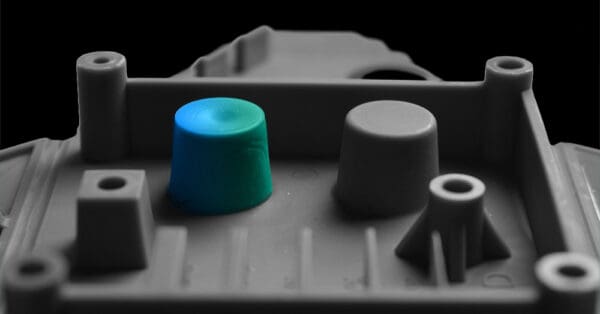
Why Plastics? | Rutland Plastics Blog
Why would a designer or manufacturer choose to make something out of plastics? Many factors are considered during the design process all of which have an impact on a product’s appearance, feel, functionality, utility, desirability, cost, and lifecycle.
Material choice influences many of these factors, as well as the impact the object has on the environment, throughout its life from raw material capture, manufacture, and disposal, both for better and for worse.
Sustainable
Suggesting that plastics can be sustainable materials might seem contentious. Many plastics are derived from fossil fuels and are therefore seen as unsustainable. However, there are other ways fossil-fuel-based materials can contribute to a sustainable environment, and plastics can now be generated from other more sustainable feedstocks.
Plastics use only 4% of the world’s oil production, with the rest being used for energy, transport, and heat. Manufacturers have for some time been experimenting with alternative, plant-based feedstocks (Bioplastics). Plant materials, including cornstarch, needles from pine trees, algae, bamboo and wood are harvestable, therefore, they provide a more sustainable raw material with an almost limitless supply.
Bioplastics need to be considered in the wider production context of water, chemical and land use all of which have an environmental impact. The end of their life requires careful consideration too. Products made of bioplastics are not always biodegradable, if they are compostable they often need industrial conditions. If they do degrade within a recycling system they can undermine and weaken the resulting recyclate, and in landfill they can produce methane, a greenhouse gas, as they breakdown.
Non-conductible
Some plastics materials have properties which inhibit the conduction of thermal and electrical energy making them excellent insulators to protect us from electrical shocks, burns, and scolds. This insulating property is also exploited to keep food and drink hot or cold, making it refreshing or safe to consume by either keeping the heat inside or outside the container.
Durable
The durability of plastics, when applied to short-lived uses, and not disposed of or recycled appropriately, has had a negative impact on the environment. However, this material property can also have a positive environmental and functional impact. The robustness of certain plastics makes them the right materials for long-lived applications. For an object to be durable it must be able to withstand wear, pressure, or damage. There are various situations where these properties are vital.
Recyclable
If the facilities are available and the consumer or manufacturer is willing, all plastics have the capability to be recycled. Some materials are more easily reprocessed than others, and it becomes more complicated when multiple materials are used in combination, either through lamination or separate componentry.
The simplest materials to recycle are thermoplastics, those which can be shredded, melted, and reprocessed . There are many factors which make it difficult to recycle plastic materials. If the material is dark in colour, the resulting recyclate also has to be dark.
An ideal way to value products in our possession is to look after and reuse them for as long as is practicable, finally recycling the materials once they reach the end of their useful life. This, requires designers and manufacturers to create products that are robust, when they need to be, and easily recycled into a circular economy when necessary. Users and consumers need to embrace this circular system too but there is a hindrance to recycling if the infrastructure is not in place. For this to change, policies and attitudes across societies and governments need to be adjusted.
Rutland Plastics
01572 723476
Website
Email






